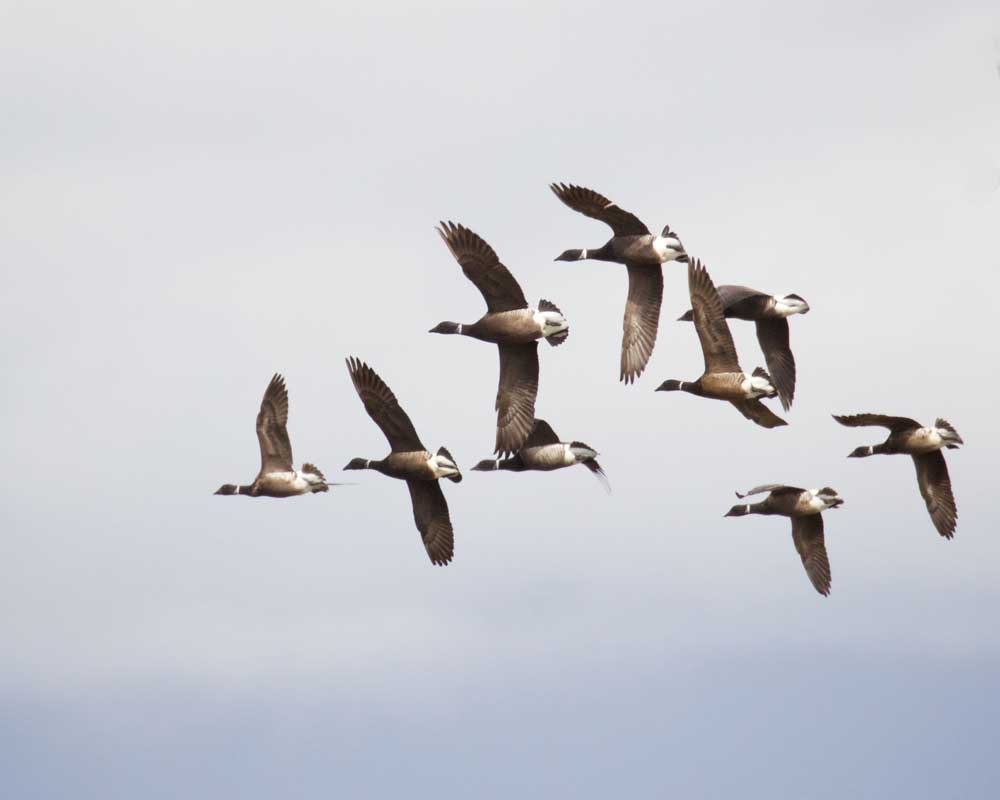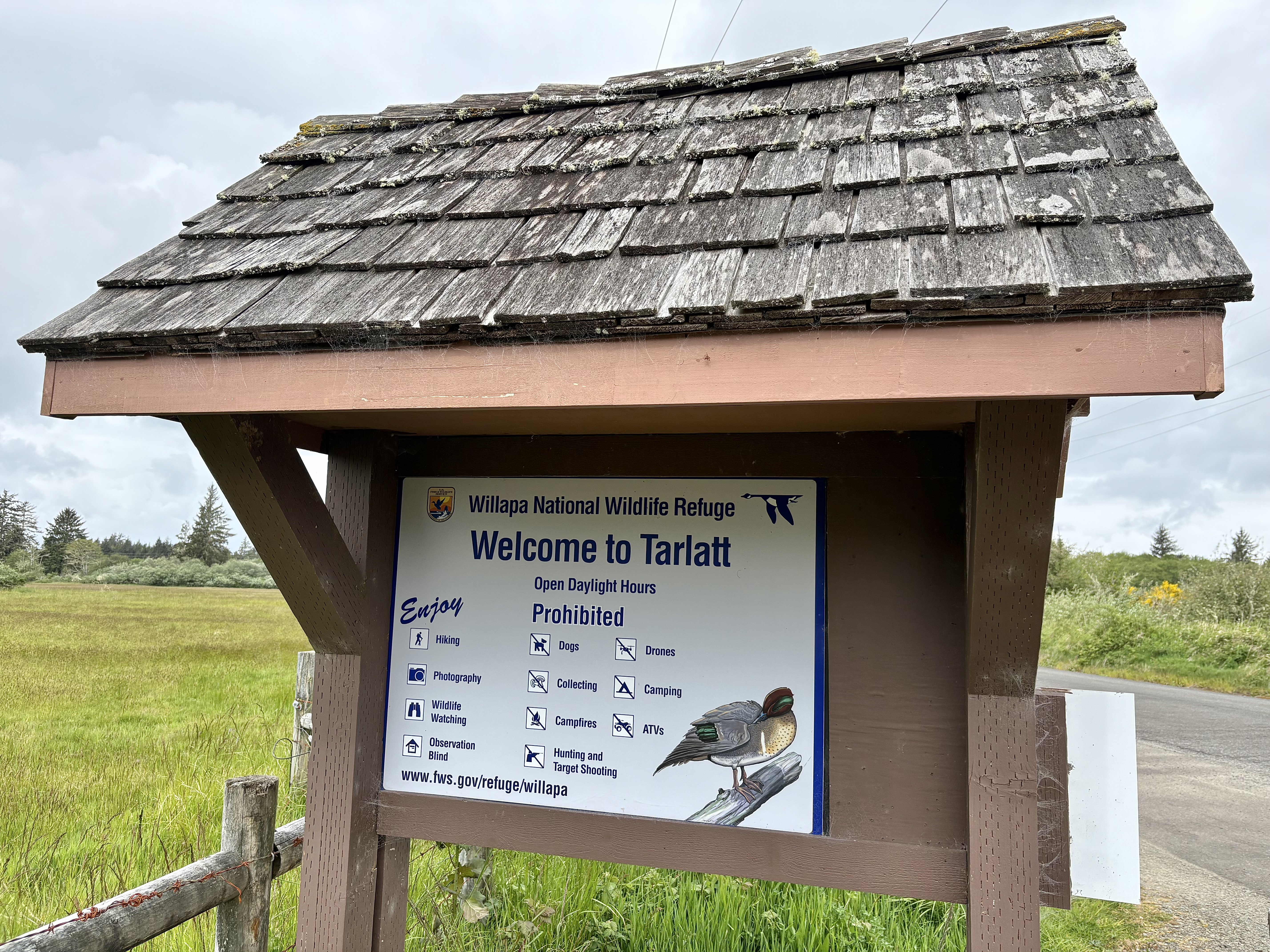Birdwatching: Keep your eyes open for a different kind of goose
Published 8:13 am Tuesday, March 8, 2016

- Brant have a different flying pattern than Canada geese.
By Dr. Madeline A. Kalbach
Trending
For the Observer
Geese are generally large, fly in “V” formations and feed in grassy fields. The brant is a different goose. Being about the size of a mallardduck, it is relatively small and has the shortest tail of any goose. It flies in a straight line not in a V like other geese. One of the folk names for a group of brant is a string. It flies fast and low in single file.
Brant are the most exclusively marine of North American geese. While they may forage in fields of short grass, they also feed in tidal estuaries where they feed on eelgrass, which is one of their favorite meals. However, the brant does eat other plants such as sea lettuce, moss, sedges and lichens. Scientists report that the Brant has a highly developed salt gland, which allows it to drink salt water.
Trending
The brant is slim bodied, with a short neck, a short stubby bill and a white rear end! It also has a complete white band across its fore neck. It is uncommon in Pacific County, but in the Willapa National Wildlife Refuge it is abundant in spring, common in fall and winter and occasional in summer. It nests in the Western Arctic and winters on the Pacific coast. During migration in the spring and fall brant geese are common in the Willapa Bay estuary. They can be seen from Oysterville, Leadbetter Point and Long Island.
At one time brant found in the West were named, “black brant” because their bodies are mainly black including the belly. Brant that are found on the Atlantic coast have gray or light breasts.
Look for this small, black, necked goose flying in a string, low over the Pacific or Willapa Bay. You may also see them feeding with other brant on the shoreline of Leadbetter Point or the ocean beaches. They prefer to feed in flocks, and seldom mix with other geese.
To be sure the brant goose is a different sort of goose! Look for it in the coming months. They will be stopping by to forage and fatten up for the trip north to their nesting grounds.









